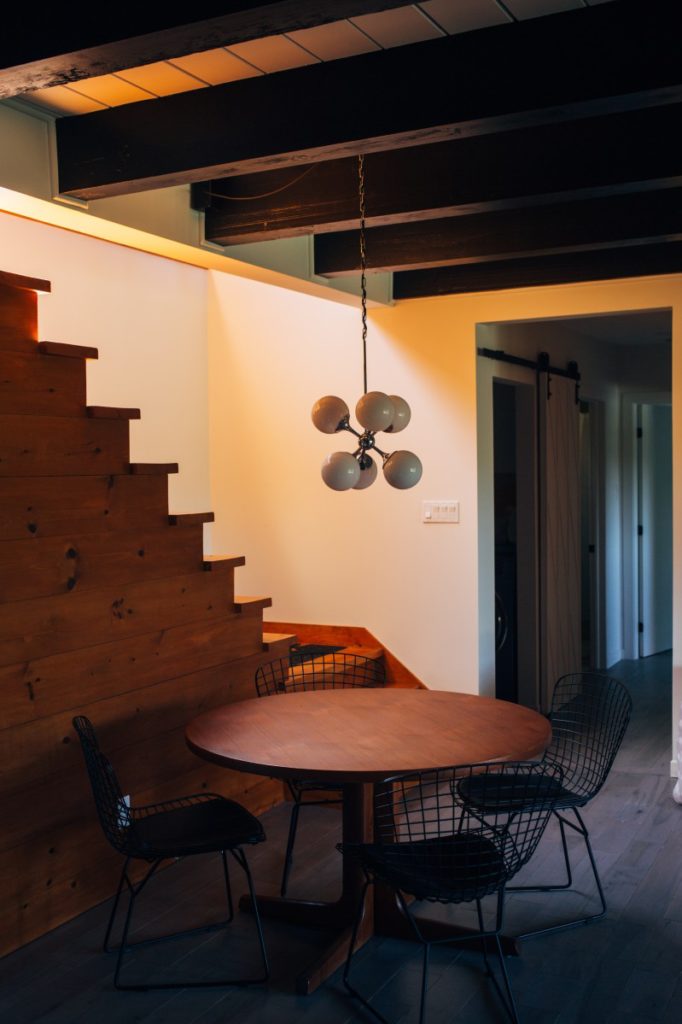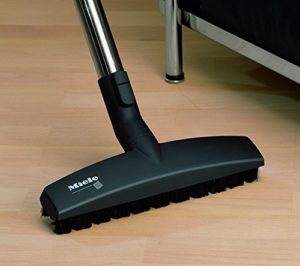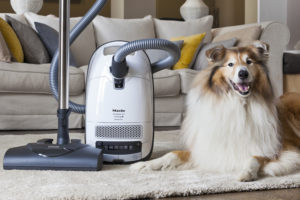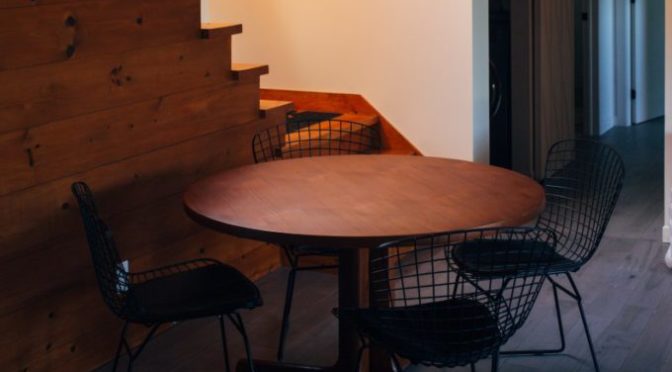
More than ever, ecological responsibility has begun to play a role in the choices we make when building, furnishing, and flooring our homes. The fight against planned obsolescence might mean buying a Miele vacuum for 20 years of service, a Kucht range for buy-it-for-life cooking, or a home floor designed to last for decades without need of maintenance. If you’re in the market for environmentally friendly flooring for your basement, you’ll want a floor that’s hardy enough to stand up to flooding, high humidity, and the other unique challenges of a below-grade installation. Today we’ll consider the best basement floors to resist moisture and mold while respecting the environment.
Consider the default option – concrete basement flooring

The most environmentally friendly floor you can install in a basement is the one that’s already there: concrete. It’s the most natural option because every modern home is built on a large slab of concrete–the foundation. As a result, instead of adding an additional floor on top of it, you’ll do the least damage to the earth by sticking with the existing floor.
While it’s not the most attractive flooring option in its natural state, you can easily stain it or change its color if you wish; you can also polish it or design it in a number of different ways to lend it a beautiful, marble-like look in below-grade environments. And as noted above, even though you might need to treat the floor to change its appearance, you won’t need any additional flooring materials, and concrete is highly durable and water-resistant as long as you promptly seal any cracks that appear.
Ceramic and porcelain basement tiles – low maintenance and easily recyclable

If you don’t want cement, or want a floor that’ll look more attractive out of the box, consider ceramic and porcelain tile floors. Ceramic floors (and porcelain, which is just a refined version of ceramic flooring), is primarily made from clay and sediment; these are natural materials that are found throughout the United States and Canada and can easily be broken down into their natural state once no longer needed. As a result, they are also environmentally friendly choices for basements. The raw materials vulnerable to water intrusion, which is why you’ll always find ceramics and porcelains with a protective glaze on top of them that makes them essentially waterproof and stainproof. You’ll also want to make sure the grout between the tiles remains sealed to keep out moisture.
Brick basement floors – not as good, though workable

Brick floors are gaining popularity as above-grade flooring choices and are also making their ways into basements around the US and Canada. At first glance, they share many properties with ceramics, including a clay and natural sediment base that is baked to provide a hardy and weather-resistant surface. Like ceramics, bricks are also environmentally friendly and can be easily decomposed into natural materials when no longer needed in construction applications. However, unlike ceramics, brick cannot be made waterproof to the degree porcelain and ceramic tiles can. As a result, a brick floor isn’t the best choice for a basement floor unless you’re dealing with an absolutely dry basement. That said, you can reduce the effects and risks of moisture penetration by regularly sealing your brick floor. You can also dramatically increase its water resistance through the application of a water barrier layer sandwiched between your concrete foundation and your brick floor.
Which vacuum cleaners best work with bare basement floors?

Regardless of which floor you choose for your basement, you’ll need to clean it from time to time, whether for general upkeep and tidiness or to make sure water, mold, and moisture have not begun to claim its surface. A Parquet head is a good choice for a dry basement floor because it’ll help clean up dirt instead of merely pushing it around with air currents that circulate from the vacuum’s head.

However, unless you have a home completely free from carpeting, you’ll also want a vacuum with multiple cleaning heads to help you care for both bare floors and carpeted ones without changing machines. This is why we generally recommend high-end canisters such as the Miele Complete C3 Cat & Dog (reviewed here and here) or Miele Compact C2 Electro+ (reviewed here and here) to help you clean every surface with one machine. Both feature both Parquet heads for bare floors and powered electric heads for carpets of every pile and style. Perhaps most importantly, both are designed to last for decades, reducing their environmental impact by allowing you to use one machine for as long as you own your floors instead of cheaper machines that break down in a few years and fill up landfills.
![]() You can buy the Miele Complete C3 Cat & Dog here on Amazon or buy the Miele Compact C2 Electro+ here.
You can buy the Miele Complete C3 Cat & Dog here on Amazon or buy the Miele Compact C2 Electro+ here.
![]() Canadians can buy the Miele C3 Cat & Dog here or buy the Compact Electro+ here.
Canadians can buy the Miele C3 Cat & Dog here or buy the Compact Electro+ here.
 If you find our research on PMC helpful, you can follow our efforts to keep maniacally reviewing home cleaning tools by shopping through our links above. We promise to keep fighting the good fight against every horror children, animals, and grown, yet messy humans can inflict upon a clean home.
If you find our research on PMC helpful, you can follow our efforts to keep maniacally reviewing home cleaning tools by shopping through our links above. We promise to keep fighting the good fight against every horror children, animals, and grown, yet messy humans can inflict upon a clean home.

